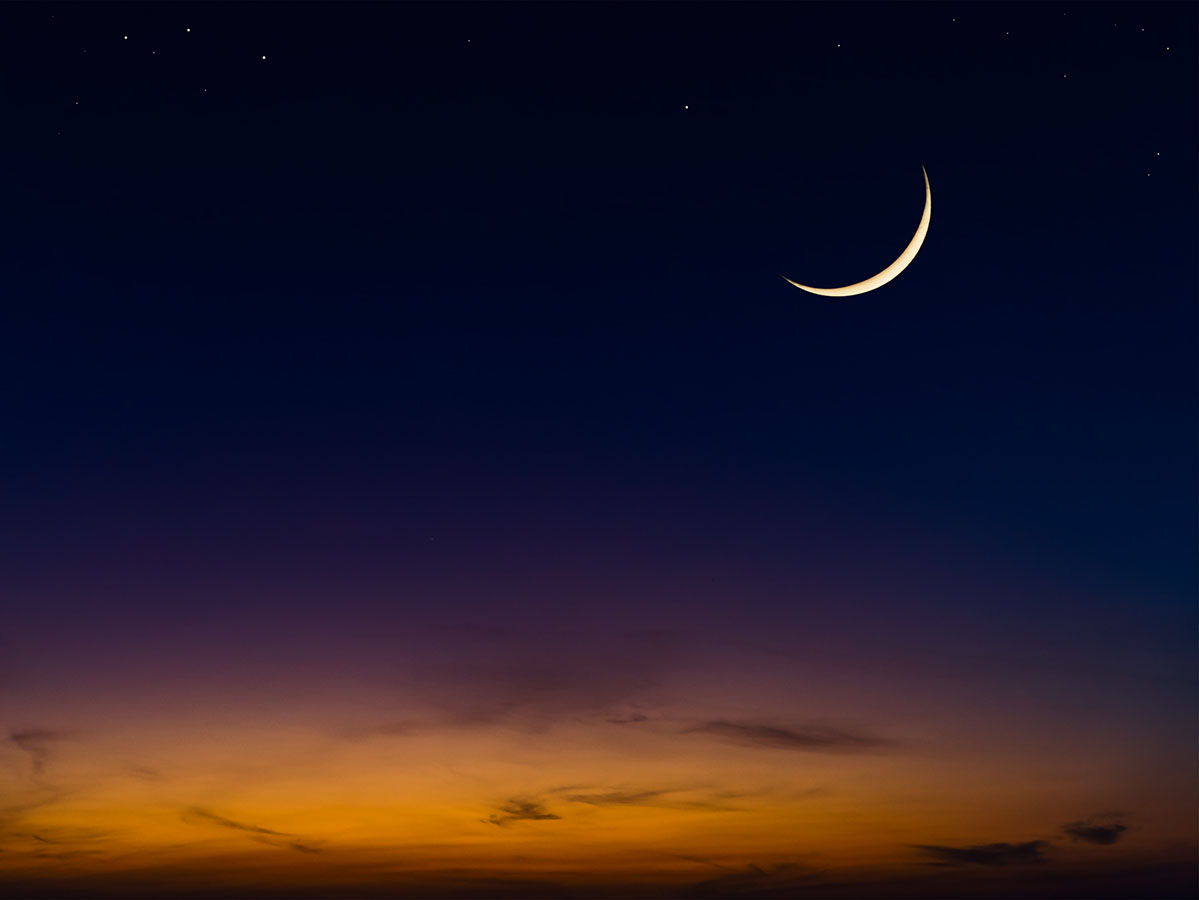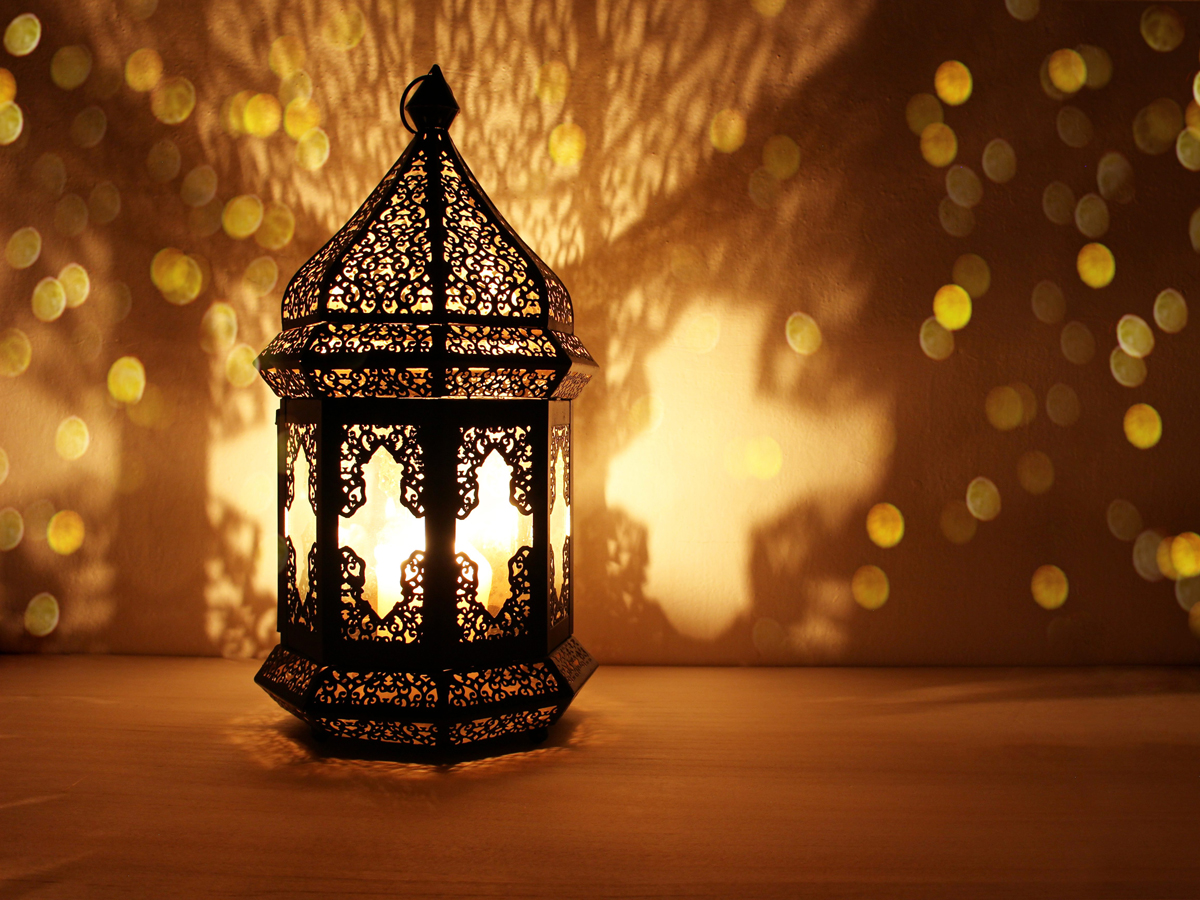Welcome to Riyadh, the cosmopolitan capital of Saudi Arabia and one of the Middle East’s most important financial and trade hubs. Home to some 7.7million people, Riyadh has witnessed a population explosion over the last century (in 1930 there were only 27,000 residents).
The central part of the city is built in a US-style grid system of 2km by 2km blocks meaning it is very easy to navigate (good news for fresh arrivals and tourists who aren’t all that handy at following Google Maps). But what are the different areas in Riyadh and what do they offer? Here we take a look at a few of the Saudi capital’s prime districts…
Al Batha
Riyadh’s downtown commercial district, Al Batha has long proved a massive draw. It’s home to all manner of colourful shops where you can pick up almost anything imaginable, often at bargain prices. There’s also a large variety of restaurants where you can grab a cheap meal while surveying the bustling area around you. Al Batha’s resident population is heady mix of nationalities, and many more visiting the old part of town on weekends.
Ad Dirah
Around the corner from Al Batha you’ll find the historic district of Ad Dirah. Also known as ‘Old Riyadh’ most tourists flock here to visit Al Masmak Fortress. Built in 1865, this clay and mud-brick fort was the scene of one of the most important battles in the history of Saudi Arabia, the Battle of Riyadh. Now a museum, it houses artefacts charting the nation’s history, as well as works of art and audiovisual presentations to help you learn about the Saudi story. Bargain-hunters who like their bling should make a bee-line for Thmairy where you can buy loose gems and custom-made jewellery that you won’t find anywhere else. Ad Dirah is full of pleasant surprises.
Al Oliya and As Sulimaniyah
At an entirely different end of the timescale to the old town, these neighbouring districts are the epitome of modernity. Arguably one of the most glamorous parts of Riyadh, Al Oliya is where you’ll find some of the city’s most prominent landmarks including the majestic Kingdom Centre with its superb Sky Bridge that offers the finest panoramic view of the capital going, as well as a shopping mall with more than 150 stores that will easily sate your appetite for retail therapy. This financial district’s other towering architectural masterpiece is Al Faisaliyah Centre. Designed by the world-renowned Norman Foster, it was the first skyscraper built in the whole of Saudi Arabia and is worth the visit for its stunning stained glass alone. As Sulimaniyah is equally as salubrious, with plenty of top brands and fantastic restaurants wherever you wander. You certainly won’t go home empty handed or empty stomached from this place.
Diplomatic Quarter
Although it houses Riyadh’s foreign embassies and a slew of other international organisations, the Diplomatic Quarter (Al Safarat) is also filled with housing compounds for expats that are like a town within a town themselves. Should you be lucky enough to have the chance to live here, you’ll definitely not be short of entertainment with a dizzying array of fast-food and fine-dining restaurants around DQ (as it’s affectionately known), plus upmarket shopping malls where you can find some major designers selling their wares. Situated in the west of the city, DQ is undoubtedly one of the greenest parts of Riyadh and is also great for sporty types with a wide range of facilities in which you can get your game on.
King Abdullah Financial District
The concept behind King Abdullah Financial District was to make it a fiscal force to be reckoned with, competing for banking business against the likes of DIFC in Dubai. Designed by Danish architect Henning Larsen, KAFD will ‘distinguish itself with a mix of attractive public spaces as well as retail, hospitality, residential, cultural and commercial buildings’. For the moment, there are a few pop-up cafés and restaurants offering a taste of the future at THE303 and a cinema plus plenty of open spaces where the young and hip Saudis love to hang out at the weekend. Once fully up and running, KAFD promises to be the new, pulsating heart of Riyadh.
Manfuha
At the other end of the timescale is Manfuha. This historic village was built (by most accounts) in the 5th century (at about the same time as ancient Riyadh, or Hajr) and predates Islam by a few hundred years. Once a bustling, creative mini metropolis in its own right, Manfuha was eventually gobbled up by the ever-expanding capital and is now an aging part of town (although that, in our eyes, adds to its charm). However, the sheer weight of history it carries (with many mud-brick buildings still standing today) makes it an intriguing day out in anyone’s books. It won’t be long until you’re grabbing some street food and sauntering down Al-A’sha Street, named after the revered Arabic poet who is Manfuha’s most famous son. Who knows, this place might even inspire you to dust off that old bureau and put quill to paper once again…









